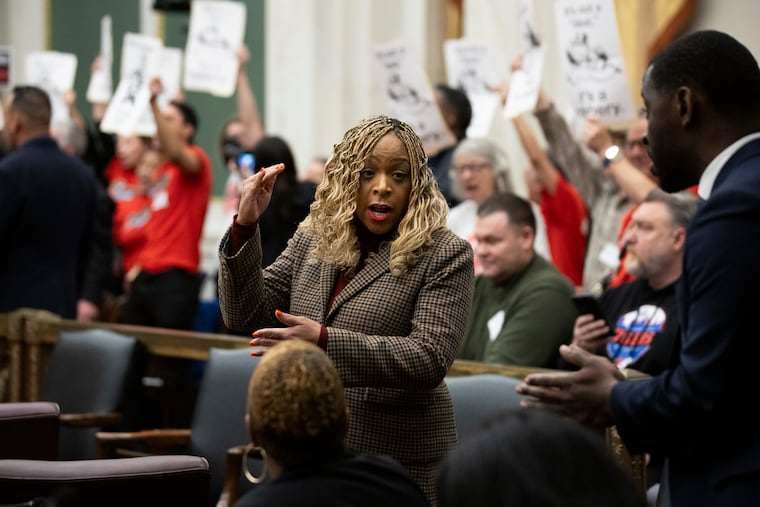U.S. consumer confidence rises after five months of decline, alleviating concerns over tariffs.
In a noteworthy turn of events, consumer confidence in the United States saw a significant rebound in May, following a prolonged decline that lasted for five consecutive months. This period of uncertainty had previously caused consumer confidence to plummet to its lowest level since the onset of the COVID-19 pandemic. According to the latest report from the Conference Board, the Consumer Confidence Index experienced a remarkable increase of 12.3 points, rising to 98 from April’s 85.7. This marks a pivotal moment as the index its lowest since May 2020.
The rise in consumer sentiment is particularly notable when examining short-term expectations related to income, business conditions, and employment opportunities. This component surged 17.4 points, reaching a level of 72.8. However, it remains below the 80-point threshold, which often indicates potential recessionary conditions on the horizon. Additionally, the percentage of consumers anticipating a U.S. recession within the next year has decreased since April, indicating a slight alleviation of fears regarding the economic outlook.
The observed uptick in consumer confidence can be largely attributed to the mitigative effects of recent tariff negotiations, particularly those involving China. In an attempt to ease the strain of previously imposed tariffs, which had sparked widespread economic anxiety, the Trump administration paused certain trade negotiations. These actions have seemed to stabilize market sentiments, at least temporarily.
The Conference Board noted that this resurgence in confidence appears to be widespread across demographics, with improvements noted among various age and income groups. Consumers’ assessments of their current economic conditions have improved as well, although concerns about job availability persist. Despite a resilient employment report, which recorded a surprise addition of 177,000 jobs in April, less than 25% of survey participants expressed anxiety about their job security. In contrast, 50% reported worries about their ability to acquire necessary goods.
While inflation remains a pressing concern for many Americans, there are signs that it may be moderating. Recent data highlighted a slower rise in consumer prices, with the Commerce Department reporting a 2.3% increase in March from the previous year, down from 2.7% in February. Gas prices have also seen a decline, averaging .17 per gallon compared to .59 a year ago.
Despite the recent uptick in consumer confidence and spending intentions, economists caution that this positivity may be short-lived. There are concerns that rising prices due to tariffs could dampen consumer sentiment in the coming months. The impact of longer-term tariff policies and their effects on inflation continues to looms large in economic projections. As the situation evolves, analysts will closely monitor how these fluctuations affect the broader economic landscape.
As of now, the willingness of consumers to spend on big-ticket items, such as homes and cars, reflects a hesitant optimism that will require sustained favorable economic conditions to solidify.
In summary, while May’s surge in consumer confidence provides a glimpse of hope, it is essential to recognize the underlying vulnerabilities that accompany economic policy decisions, particularly in an environment marked by uncertainty and volatility.
This report has been sourced from Media News Source.







